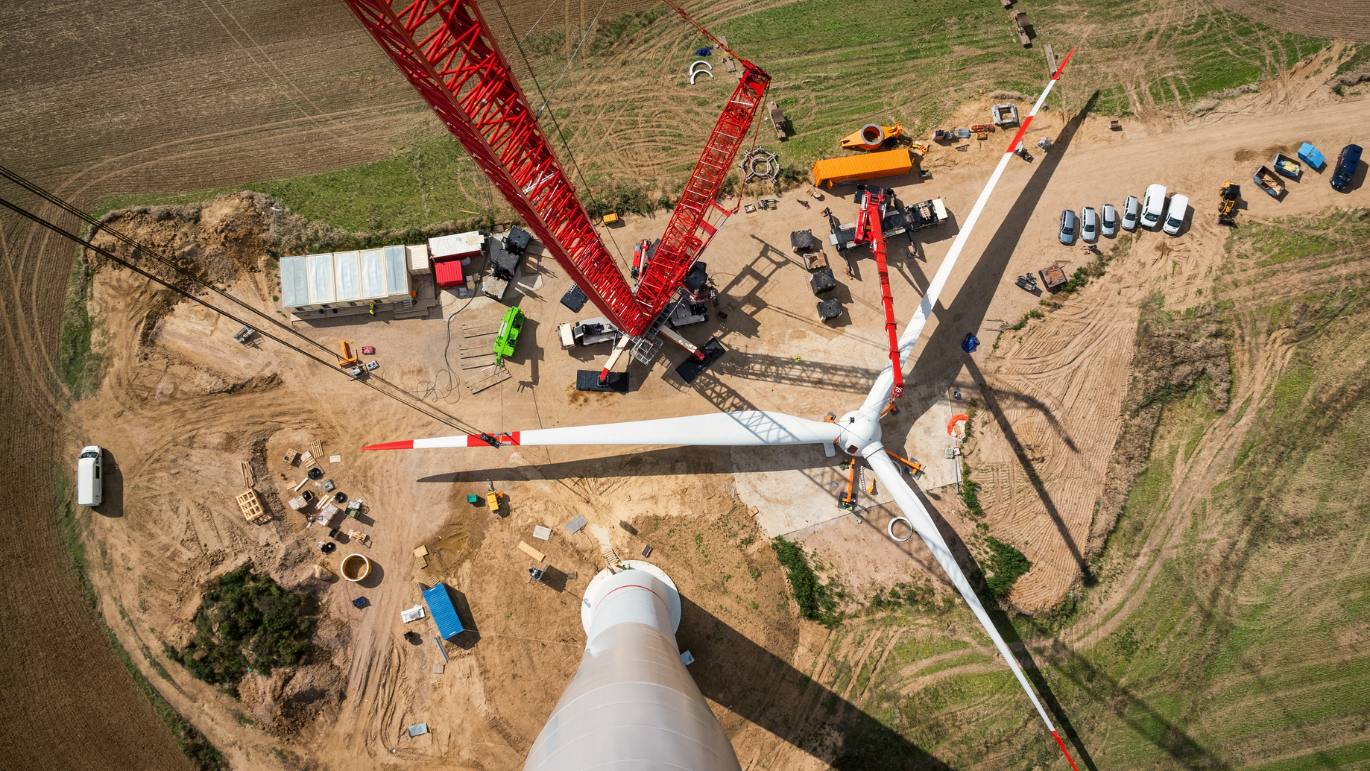Start your AWP implementation process by focusing on creating construction-driven processes for the planning phases
Most of the leaders I meet want to start the Advanced Work Packaging implementation process at 9,000 feet. They want to revise their project workflow in its entirety, overhaul the org chart, rewrite job descriptions and buy new software. This approach is common among modern leaders, and often successful: establish a vision, provide structure, set goals and get to work. When it comes to AWP, however, this model simply doesn’t work.
The decision to adopt AWP isn’t just a simple process change. It requires a fundamental paradigm shift, a set of entirely different skills and, in many cases, a change in organizational culture. Even your most highly skilled professionals are not equipped to translate high-level guidance into practical, effective systems that work. To succeed in implementing AWP, leaders need to get into the trenches and work alongside teams to reshape the work process.
At Concord®, we begin the implementation process at the beginning, with a focus on creating construction-driven processes for the planning phases — the advanced part of Advanced Work Packaging. This layer is almost always adopted by the Owner organization and/or the FEED contractor first. Here’s an overview.
Identify gaps in the definition package
To begin, the organization must examine the pre-planning definition package for critical gaps. Some find gaps in the scope or constructibility strategy, while others find gaps in site condition assessments and project execution plans. What you’re looking for are technical, environmental and contextual gaps that will impact planning, but aren’t directly related to planning: site conditions, labor conditions, design, technology, scope or business objectives, to name a few. Those familiar with CII’s Project Definition Rating Index and IPA’s Front-End Loading assessment will be familiar with the basics concept here.
Establish construction-driven planning protocols
This is where the rubber meets the road, and it can be an extraordinarily challenging step for organizations implementing Advanced Work Packaging for the first time. Construction-driven planning is not itself unduly complex, but it requires a radical paradigm shift that people sometimes struggle to understand and embrace.
The decision to adopt AWP isn’t just a simple process change. It requires a fundamental paradigm shift, a set of entirely different skills and, in many cases, a change in organizational culture.
Olfa Hamdi Tweet
A construction-driven mindset means that all plans are organized to support the construction strategy and sequence. Practically speaking, this means that engineers, schedulers, procurement teams and everyone else involved in the project must reevaluate their work processes to ensure that they are meeting the well-defined requirements of construction. In other words, construction no longer comes last — it comes first.
The cornerstone of a construction-driven planning protocol is the Path of Construction, a document that explains how you are going to build your capital project in the field, and how engineering and procurement deliverables will support that effort in a timely fashion. It is a step-by-step guide to your construction delivery strategy, outlining the sequencing of your Construction Work Areas and Construction Work Packages — the skeleton of the project.
The task of the organization in Layer 1 is to guide employees in understanding and embracing a construction-driven mindset, and then to support them in mastering the technical work of setting up a Path of Construction for the first time. In many organizations, this requires a significant rethink of workflow, team structures and communication protocols. This is where leaders must focus their early efforts.
Lay The Foundation For Construction-Driven Engineering and Procurement
The transition to a construction-driven mentality can be particularly challenging for engineers and procurement professionals. Engineers are highly educated professionals trained to follow best practices that sometimes run counter to a construction-driven mindset. For example, engineers are traditionally trained to design by system, and so most engineering departments deliver drawings by system. But buildings are not built by system, they are built from the ground up. System-centered drawings don’t support the construction process, they complicate it.
One of the great challenges leaders face in moving to a construction-driven methodology like AWP is in tackling deeply held professional standards and mores rooted in trusted best practices. The goal is to maintain the highest quality engineering and procurement outcomes while simultaneously instilling a construction-first mindset in support of a construction-driven plan. It can be done, and we’ll show you how in the next installment of this series.
The Deliverables
Preparing for Layer 1, the organization will have two key deliverables in-hand: a Gap Assessment Report and an Implementation Plan. The gap assessment provides a written, project-specific overview of key front-end definition issues that might impact construction-driven planning throughout the lifecycle of this specific project.
The implementation plan will be longer and touch on all of the organization’s project delivery systems across planning, engineering and procurement. It will identify key roadblocks to construction-driven planning, and explain how the organization will dismantle them. Finally, it will do what leaders set out to do in the first place, setting out new AWP-based workflows, revising the org chart, and providing a vision for a construction-driven future.
Subscribe to Velocity® today to get the next article in our Implementation Layers series delivered directly to your inbox. If you need help implementing Advanced Work Packaging in your organization, contact us today.





